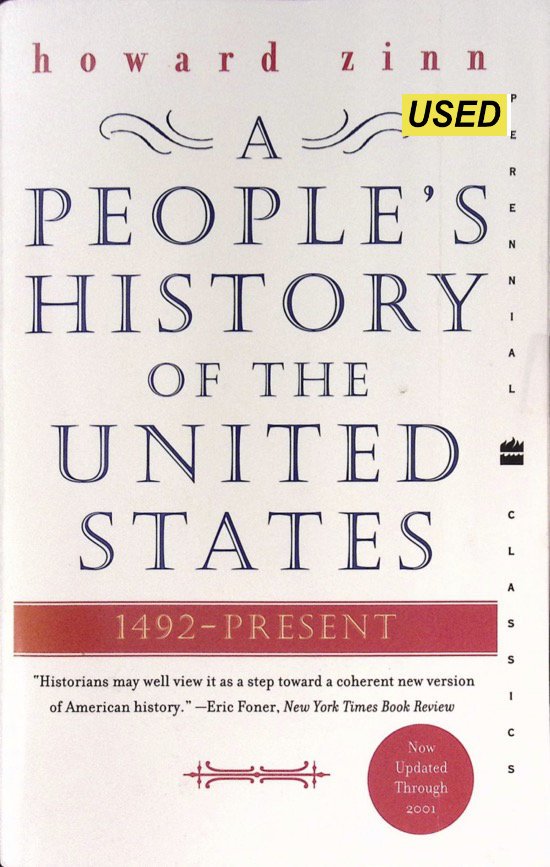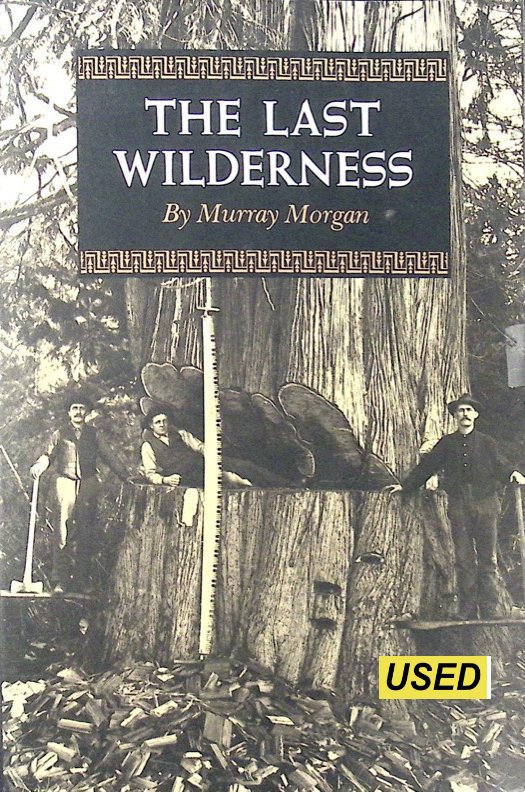By Walter R. Borneman
FROM THE INTRODUCTION: “England and France had been at war since--well, it seemed like forever. For more than three centuries, Europe had known far more years of warfare than of peace. But no matter what the con- flict, or how causes and alliances changed, one pairing remained constant: England and France were always on opposite sides just as surely as they sat on opposite sides of the English Channel. By the mid-eighteenth century, however, this cross-Channel feud began to take on major global dimensions, as it became evident that far more than the mastery of Europe was at stake. The colonies that half a dozen nations had established in the New World were flourishing. By 1733, thirteen English colonies stretched along the Atlantic coast. But this territory was minuscule compared with French outposts and settlements that embraced half a continent--from the mouth of the Saint Lawrence River, westward across the Great Lakes, and down the Mississippi River to the Gulf of Mexico…”
NY. Harper. 2006. 407p.





















